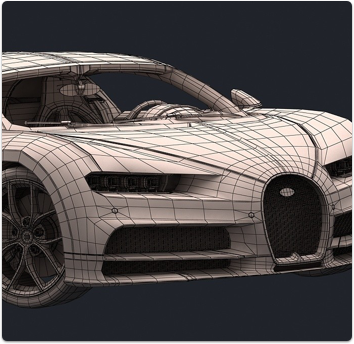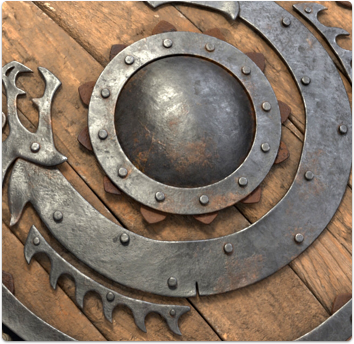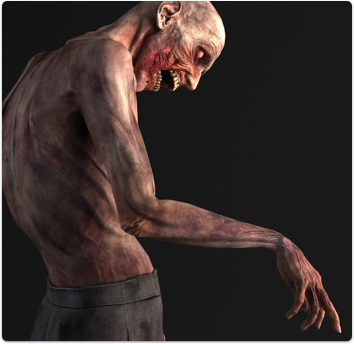Modeling
- Clean Edge Flow – T-Vertices - Part of creating good topology for subdividable models is to avoid T-vertices (T-verts) in your work. A T-vertex is a convergence of an edge in T formation...
- Coincident Faces - Coincident/Coplanar Faces in your 3D model causes rendering problems. Learn how to avoid, detect, and fix these faces. For PixelSquid, and StemCell certification, your model may not have any coincident/coplanar faces.
- Real-World Scale - Real-World Scale in Your 3D Model is essential when creating any scenes that you wish to sell on TurboSquid. Learn how to set up units in 3ds Max, Maya, Cinema 4D, and Lightwave
- Clean Geometry - Learn how to check for Clean Geometry in your 3D model by verifying there are no coplanar/coincident faces, no overlapping/coincident vertices, no isolated vertices, and your normals are facing out.
- Quad-Based Topology - Learn the advantages of using Quad-Based Topology in your 3D model. It is recommended your model be quad-based with no more than 10-15% tris. If you are submitting real time models, please note that the triangle percentage may be higher than 10-15%.
- Tris, Quads & N-Gons - Learn about using Tris, Quads, and N-Gons in 3D modeling and which ones to identify and avoid.
- Poles - Learn how to avoid using Poles in your 3D model, how they can interrupt a customer's workflow, and more.
- Coincident Vertices - Learn how to avoid using Coincident Vertices in your 3D model, and how to find and fix them in your 3D software. For PixelSquid and StemCell certification your model may not have any coincident vertices.
- Isolated Vertices - Using isolated vertices in a 3D model can create poor renders. For PixelSquid, and StemCell certification, your model must not use any isolated vertices. Learn how to locate and fix these.
- Crease Value - Learn how to adjust the Crease Value in a 3D model, and how this best practice can result in a better experience for customers.







